What do stone chip rust spots, industrial fallout in your paint and brake dust have in common? Iron.
In the last 10 years there has been an introduction of Thioglycolic acid or “Fallout removers” introduced in the automotive market.
The existence and use of Thioglycolic acid isn’t new; foundries used it as far back as the 50’s to confirm that there was no Iron in batches that weren’t supposed to contain Iron. The complex would turn Iron oxide a reddish/purple and therefore they would know if Iron was present.
Fortunately for the automotive world, the reddish/purple solution also turns rust into a water soluble (read washable) complex.
Removing brake dust is desired for aesthetics. But why periodically remove industrial fallout in your paint and stone chip rust?
The primary reason is that rust takes up 4 times the space of iron, and is an important reason why rust is self perpetuating, as it forms, it pushes and bubbles paint around it, therefore exposing more fresh metal to further oxidize. Rail dust or brake dust in embedded in your clear coat can spread (as it rusts) into deeper layers, from which point it will bubble and self perpetuate.
There are quite a few Thioglycolic acid based removers available: Iron-x, Korrosol, Sonax Fallout remover, Wolf DeIronizer, Dodo Juice Ferrous Dueller, and others. I personally use Iron-x.
The primary ingredient of action in these cleaners is the same, if you look at the MSDS sheets you will find: Thioglycolic acid = mercaptoacetic acid (Korrosol) = Ammonium Sulfanylacetate [the salt of thioglycolic acid and ammonia] (Iron-x)
With various reducing agents to convert Iron(III) to Iron(II), and formulations to make the solution PH balanced:
The red/purple color is the by product of the following reaction:
The reaction produces Iron Thioglycolate which is a soluble complex and is therefore “washable”.
No more clay baring paint, acid wheel cleaners or heavy elbow grease cleaning those basketweaves!
Everywhere that you see below that is purple is iron either from brake dust or industrial fallout (from only a year!). The before and after picture of the euroweave is with zero scrubbing, just sprayed on, left for 5 min and sprayed off.
Industrial fallout like rail dust and brake dust from other vehicles normally only embed the clear coat layer of your paint, and therefore once washed away require no extra attention.
However, for any stone chips that have penetrated to your metal body panel, make sure to apply touch up paint once decontaminated to prevent further oxidation.



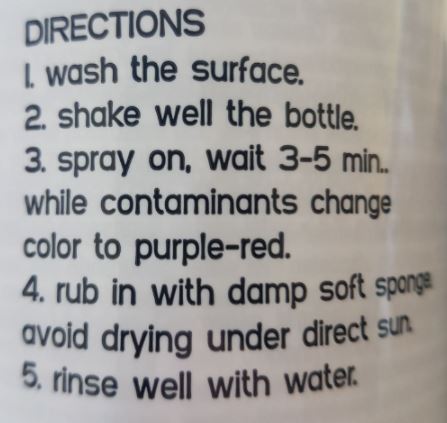
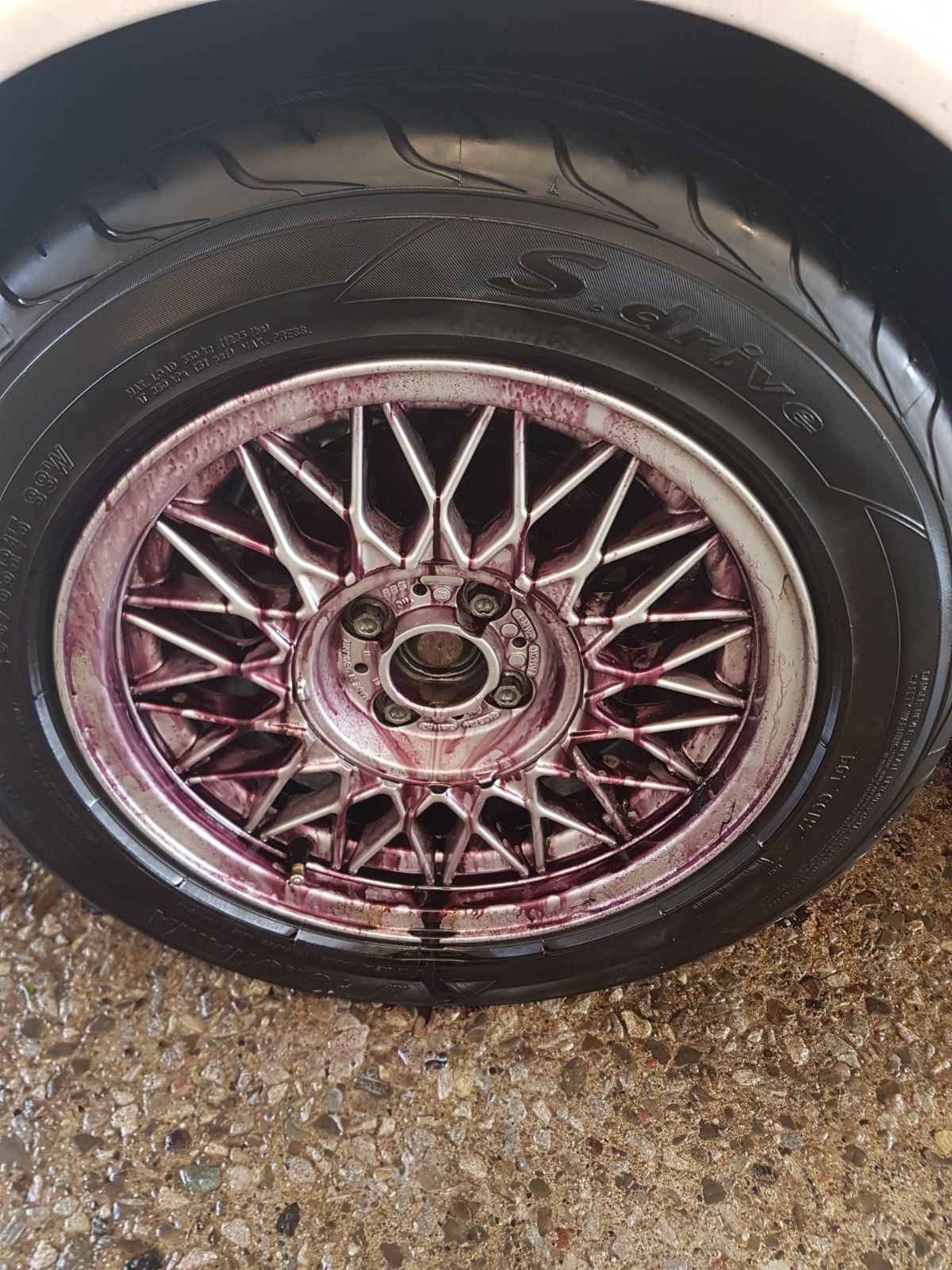
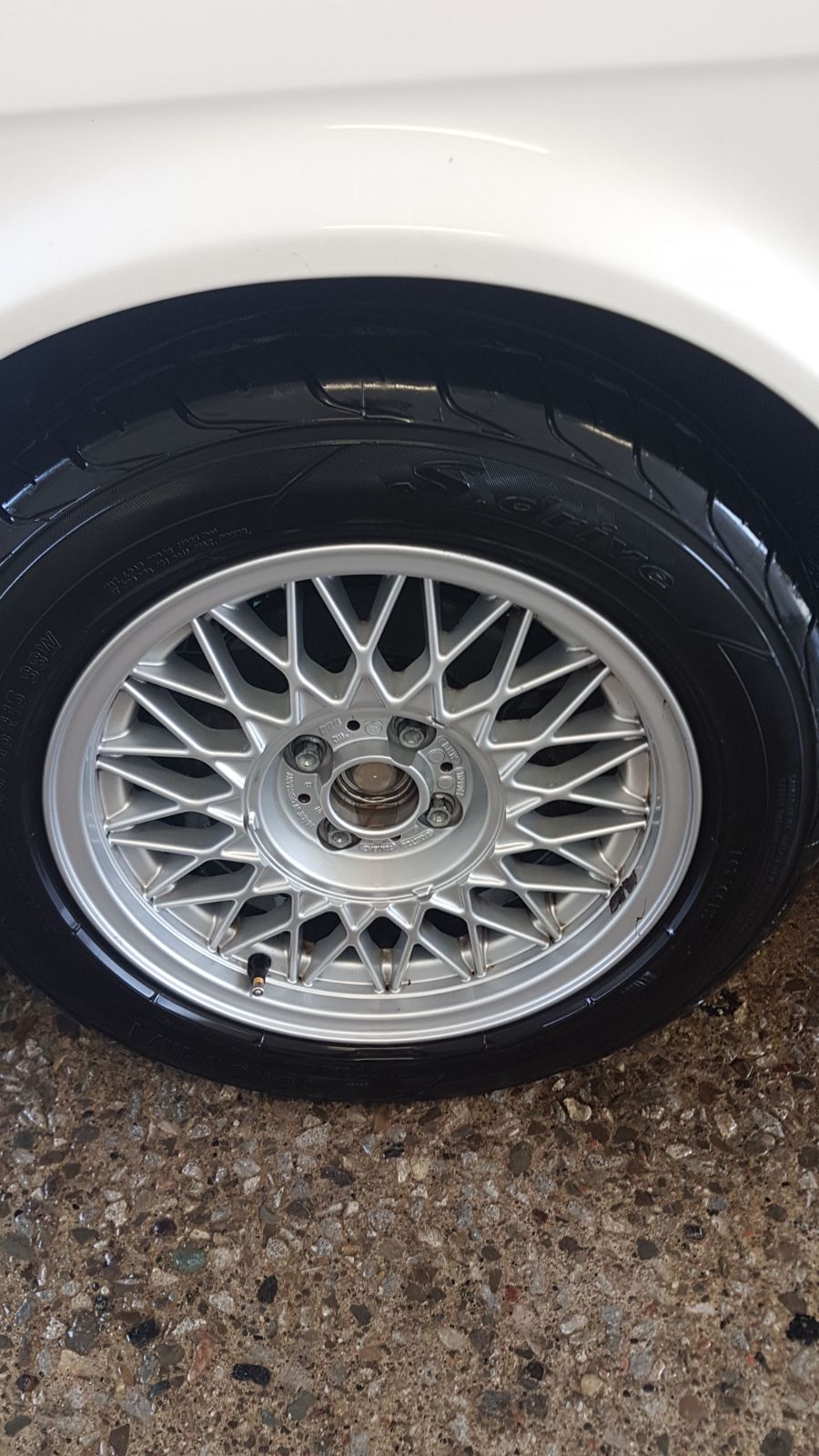
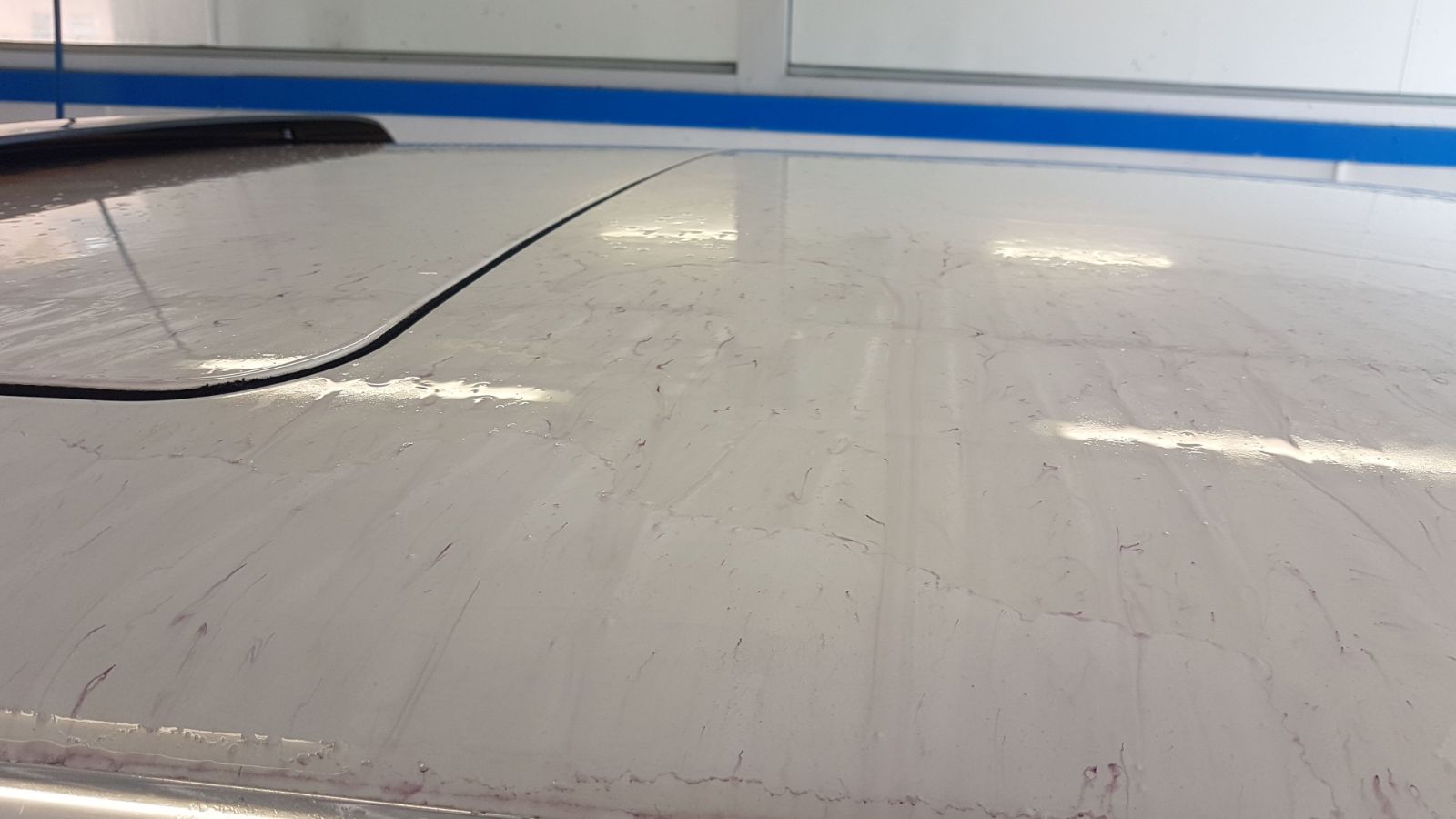


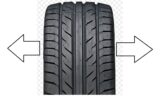

Recent Comments